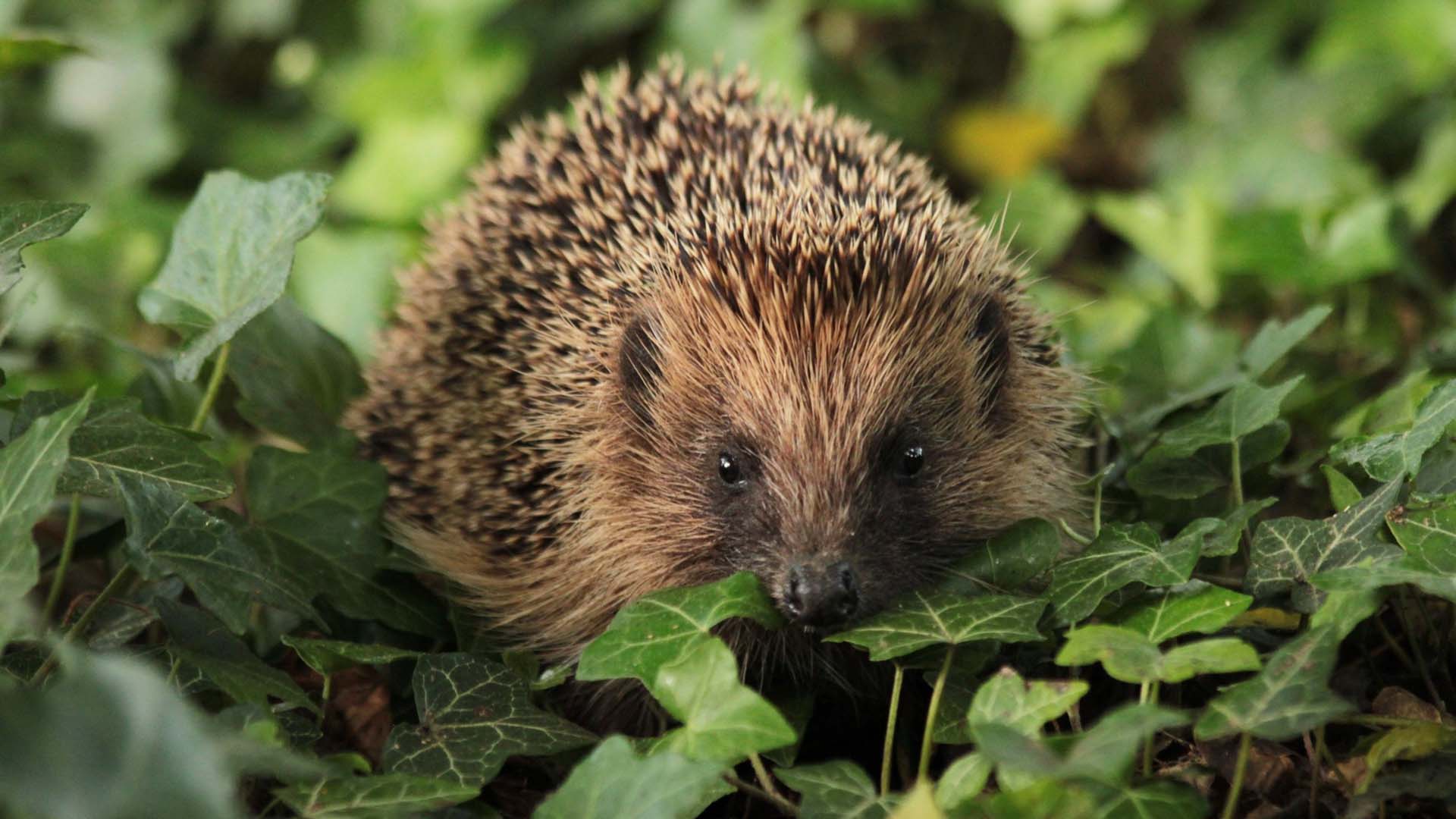
Foxes are intriguing and mischievous creatures that can cause havoc in our gardens; digging dens, scavenging for food, scaring small pets and leaving their distinctive mark. But how do you keep foxes out of your garden without causing them harm?
Although some may consider them vermin, there are a raft of ways to encourage your foxy friends to move back to a more natural habitat.
While the RSPCA is keen for us to enjoy the native wildlife that comes into our gardens, it also understands that foxes are sometimes uninvited guests.
“Foxes are omnivorous and don't have any particular specialised food requirements,” says Rachel Burn, senior national press officer at the RSPCA, “so it isn't surprising that they are found in many of our towns and cities.”
“They are most common in areas of low-density suburban housing, which was built when land was cheaper, and where the houses have large, enclosed gardens,” says Burn. “Overgrown areas and spaces under garden sheds provide shelter for foxes, and there will be many food sources available to them. Even older housing in industrial towns, or more modern developments with little open space and small gardens, can still support populations of urban foxes.”
To work out whether you have visiting foxes, look out for paw print tracks, overturned bins and holes where they’ve been digging. They also leave greyish droppings, which have a strong and distinctive smell.
So how do we keep foxes out of our gardens? “The most humane and long-term solution to discourage foxes,” says Burn, “is to remove or prevent access to the things that are attracting them to the area, like food and shelter.”
There are also other deterrents that we can consider: “Barriers, such as fencing or prickly plants, and chemical repellents that are approved for use with foxes, may discourage them from coming into a garden.
“Repellents are available from garden centres or hardware stores,” adds Burn, “but care must be taken to follow the instructions closely, as each product is prepared and approved for use against certain animals in a particular way.”
Eric Michels, Head of Vivara Pro, a specialist in wildlife products, suggests monitoring the foxes with a wildlife camera: “You can see which animals are coming and going, and you may even spot other forms of wildlife, not just the uninvited guests.”
Keep temptation out of reach
Foxes are natural scavengers and are attracted to all kinds of food in both rural and urban areas. Whatever you do, don’t leave food out for them and be sure to hide away any other potential food sources.
Avoid feeding your pets outside and keep food and fruit and vegetable peelings securely under wraps.
Foxes are scavengers and will eat almost anything they find, including insects, earthworms, fruits, berries, birds, small mammals, the flesh of dead animals and food waste.
Foxes even enjoy pizza Amy Cutmore, our Homes Editor-in-Chief at Saga Exceptional, has her own personal experience of foxes.
"When I was living in London, foxes were regular visitors to our garden – and very cheeky ones, at that. They loved ripping through rubbish bags and sitting outside our bedroom window at night, making all sorts of noises.
"But perhaps their naughtiest moment was when we asked a delivery man to leave a pizza on our doorstep as we were a few minutes from home. We arrived back to find a fox tucking in to our Hawaiian deep pan, although it didn't touch the pineapple, so we assumed it must have been Italian!"

Keep your rubbish under wraps.
Foxes love to raid bins, so secure your bins with sturdy lids or place them inside a lockable bin shed.
On bin day, try to put your rubbish out in the morning, rather than the night before.
Foxes are adept at sniffing out food waste in rubbish bags and will happily open food waste containers that are not secured.
The aftermath is a street scattered with torn bags, knocked over food containers and food scraps.
Fill in any gaps
Foxes are slinky creatures and “an adult fox can squeeze through a hole as small as 10cm (4in) in diameter”, according to Home and Roost, pet and wildlife homes retailer.
To deter them from entering your garden, check around your outside space for anywhere they could access. Broken fences make good access points. If you can’t replace the broken fencing, fill the space with netting or block it with pieces of wood. Ideally, fences should be fitted with concrete boards that go into the ground to prevent foxes from digging under them.
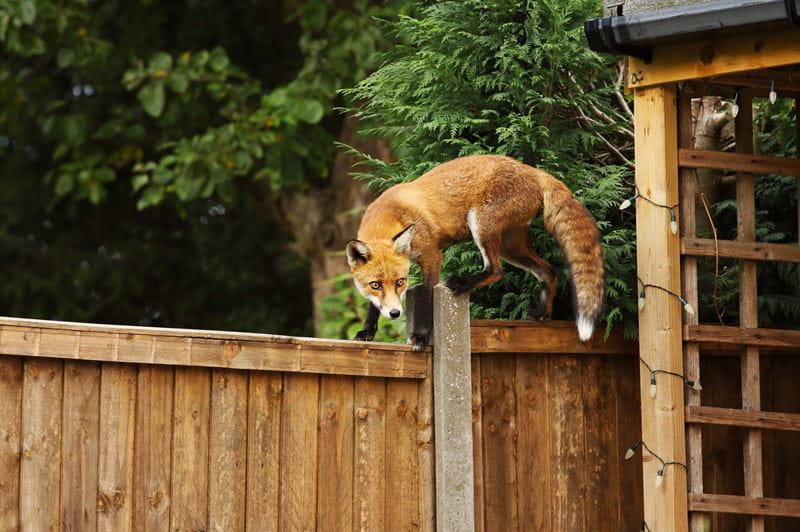
Although foxes dig underground, they are also good jumpers and will scale a 2m (6ft 7in) high fence.
Clear away rubbish
To prevent foxes from making a den, ensure the area around your shed or decking is clear of rubbish. Clearing the clutter will make the area less attractive to a pregnant vixen.
A solid base below a shed will also prevent foxes from being able to dig it out and create a cosy den for their new offspring. Once you are sure the area is free of foxes, secure it with netting.
Remove overgrowth
Foxes enjoy feeling secure and will happily find a safe place in an overgrown garden. To prevent them taking shelter, be sure to tidy up your garden – but be mindful that a very tidy garden won’t attract as much wildlife in general.
Reposition your bird feeding stations
Whilst it’s important to feed the birds, foxes will hunt out bird food. Although they feed on rabbits, rodent and frogs, they enjoy berries and fruit too. They’re also more likely to clamber up a bird table in the winter, when other food is harder to find.
Michels suggests: “Ensure bird feeders are kept elevated, well out of reach of foxes, and clear up any seed spillages or fallen fruit immediately.”
Protect your pets within an enclosure
Foxes will unfortunately see small animals, such as rabbits, chickens and guinea pigs kept outside, as a tasty meal.
To protect your pets, ensure any enclosure is secure and fox-proof. Add a solid floor, to stop foxes digging underneath, attach a lock, and use strong wire mesh to surround the enclosure.
Wrap your crops in netting
Foxes will munch on your prized crops, so if you have a problem with foxes in your garden, you’d be wise to invest in a fruit cage to protect your harvest, or alternatively use chicken wire. It will also help prevent birds from stealing your supplies.
Protect the wildlife
To prevent foxes from taking a paw to your fish and frogs, cover your pond with netting. Most pond netting can also be used to protect plants. Make sure you choose a netting with a small enough mesh to prevent foxes from reaching through, yet large enough to allow other wildlife to access the pond.
Use strong smells
Foxes dislike strong smells, so you can try spraying your garden with peppermint oil, making sure to dilute it before use, as it can be harmful to animals. You can also try infusing garlic or chilli peppers in hot water and spraying it around your garden as a deterrent.
Mark out your territory
There are plenty of fox repellents available to purchase at reasonable prices. These work by scenting areas with odours that foxes associate with other animals. Although they are usually easy to use, they will require multiple applications to keep the foxes away.
Before using, read the application instructions carefully.
Foxes mark their territory by fouling in the same area. To remove the smell, rather than using bleach, which will only temporarily mask the smell, Lewisham Council’s Environment Services recommends using a mix of biological washing powder mixed with hot water, or an enzyme based product from your vet. Remember to always wear gloves.
Scare them off
“Foxes are very timid animals,” says Michels, “so installing automatic lights will scare foxes without causing any harm. And if you spot one, simply making a loud noise will soon send them running.”
Use a device with a motion sensor that either gives off a high-pitched sound, creates a bright light or expresses a burst of water. The fox will soon learn to give the space a wide berth.
The RSPCA will help
If you have any foxes living in your garden that you’d prefer to be relocated, or if you spot a fox that might be injured, call in the experts. Contact your local RSPCA rescue centre for more advice.
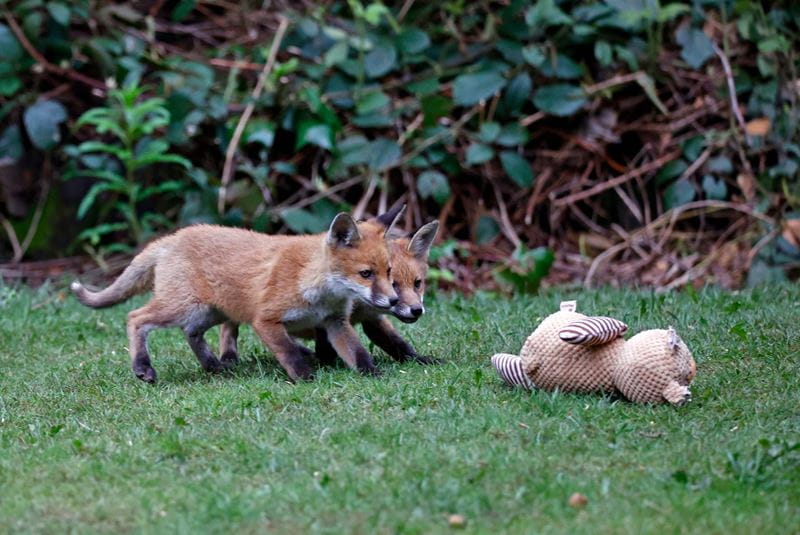
January: The breeding season when foxes establish their territories. Expect an increase in fox screams and barks.
February: The vixen will seek out a den to have her cubs, finding a safe space under a house, garage, shed, decking or dense undergrowth. Vixens are pregnant for 53 days.
March: The cubs are born and the vixen stays underground while her mate brings in the food.
April: Foxes lose their winter coat and look scruffier than at other times of year.
May: Cubs will start to venture outside of the den and will practise their survival skills, meaning an increase in digging and play fighting. You may find garden gloves and old gardening shoes are chewed.
June: Foxes will leave their dens and you might find bones and animal carcasses around the entrance.
July: The cubs will start to hunt for food themselves as they become more independent. Watch out for flattened flower beds and digging.
August: The cubs continue to develop and will be more visible in the garden as daylight hours remain long.
September: The cubs are now fully grown adults and the family group will begin to break up as the young members discover their own territories.
October: As the nights become cooler and darker you may have fewer fox sightings, apart from the young foxes establishing their own territories.
November: A quiet month for foxes and for those trying to deter foxes from their gardens, although there will be some similar activity to the previous month.
December: You’ll notice an increase in noise as the foxes start defending their territories in the run–up to the mating season.
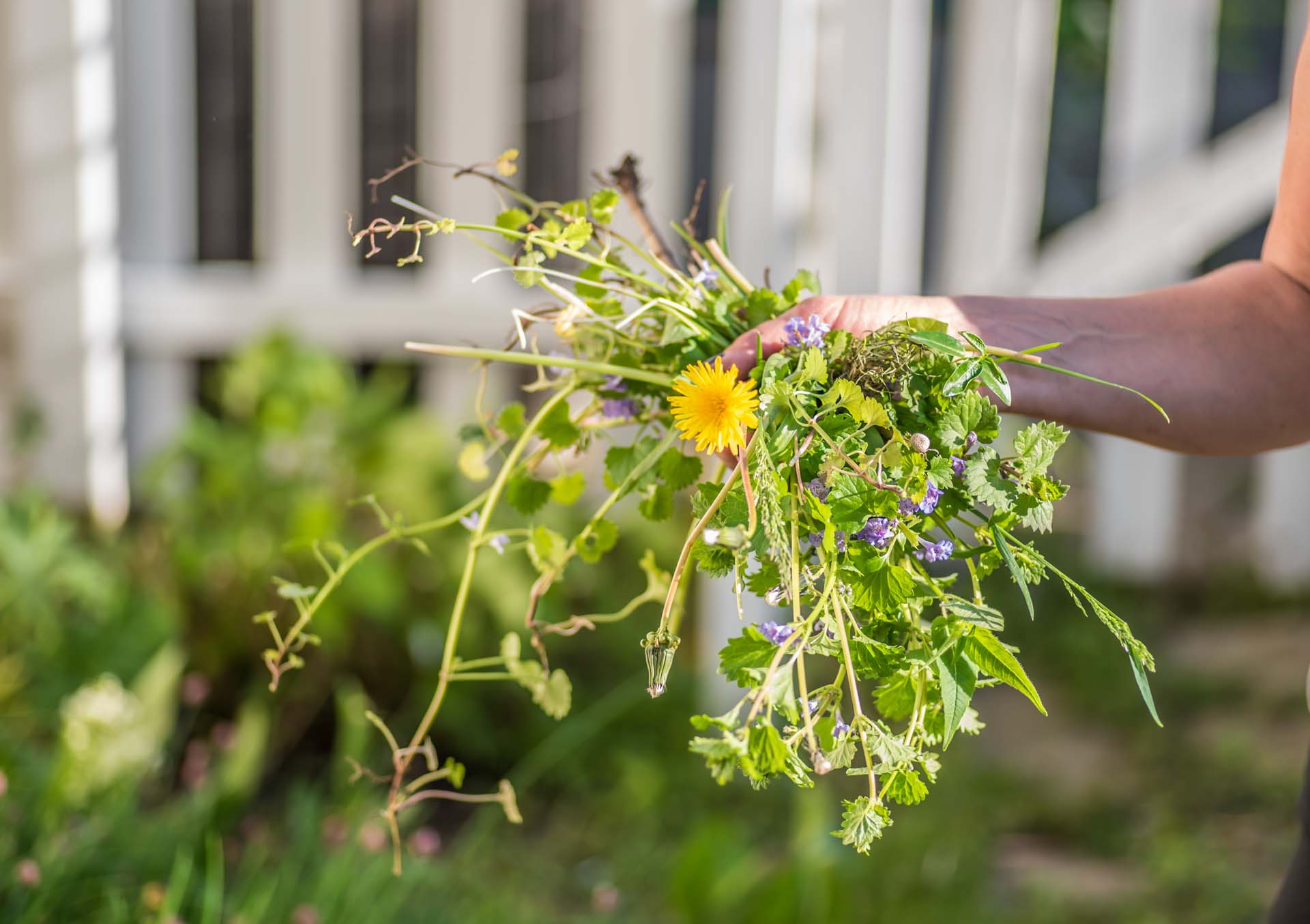
Discover ten easy ways to get rid of weeds naturally while protecting the ecosystem.

Our expert pruning and watering hacks include a top tip to keep them flowering from Alan Titchmarsh.
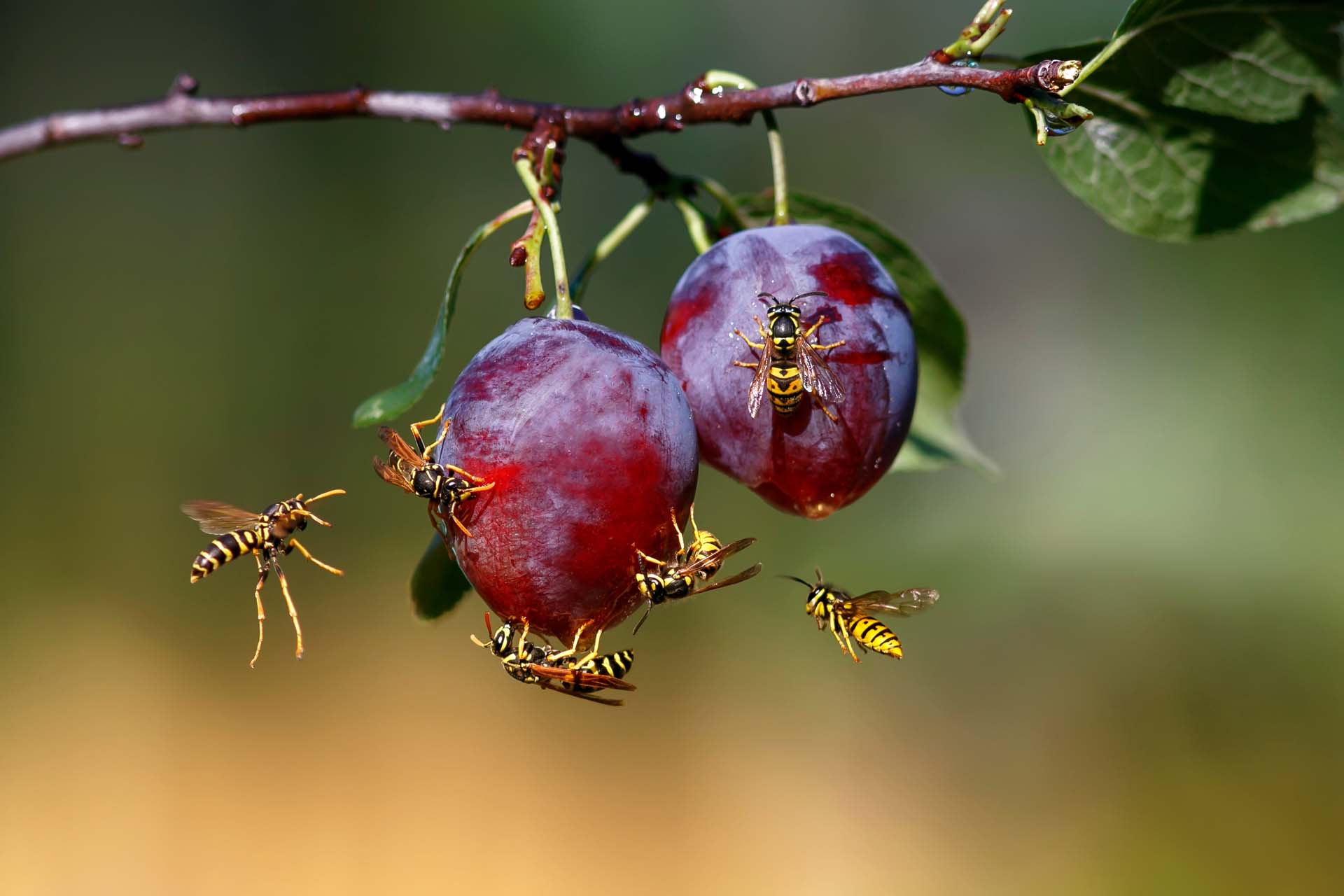
Blighted by buzzing? How to keep wasps out of your garden without harming them so you can enjoy the summer.

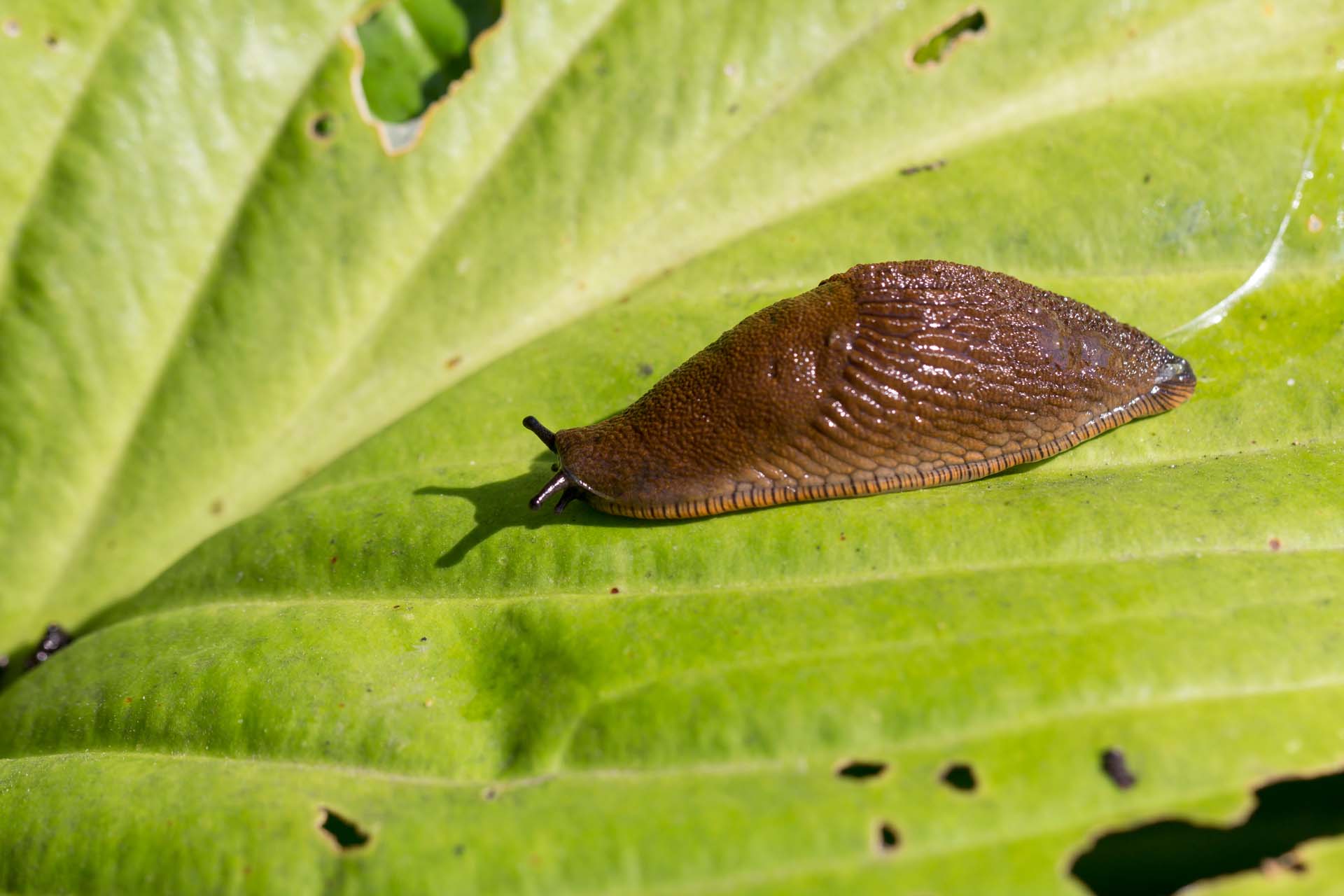

Want to know how to get rid of dandelions? Advice on how to tackle them but why they might be worth sparing.
